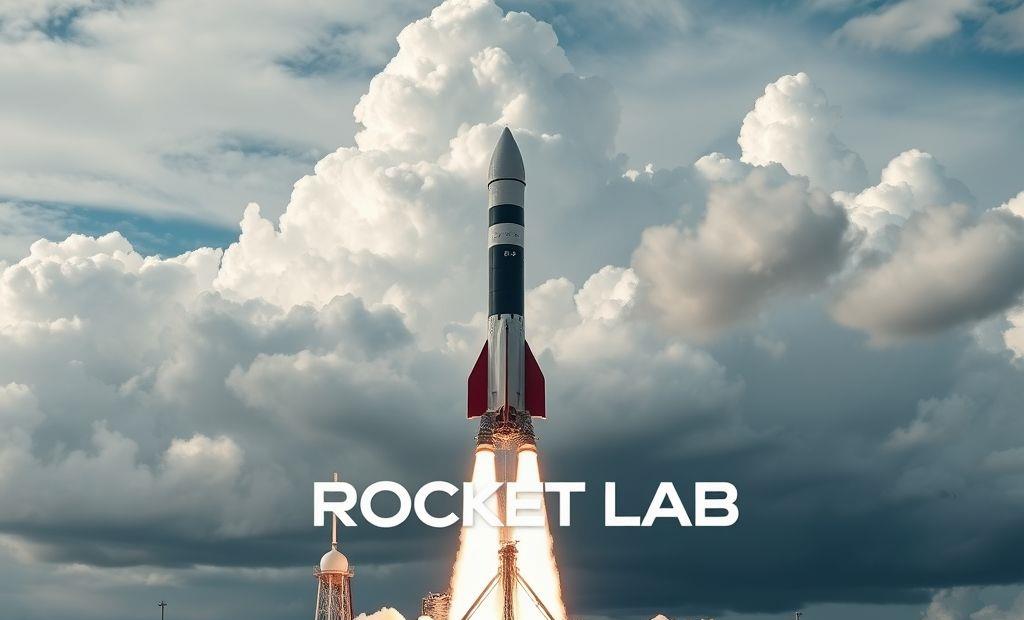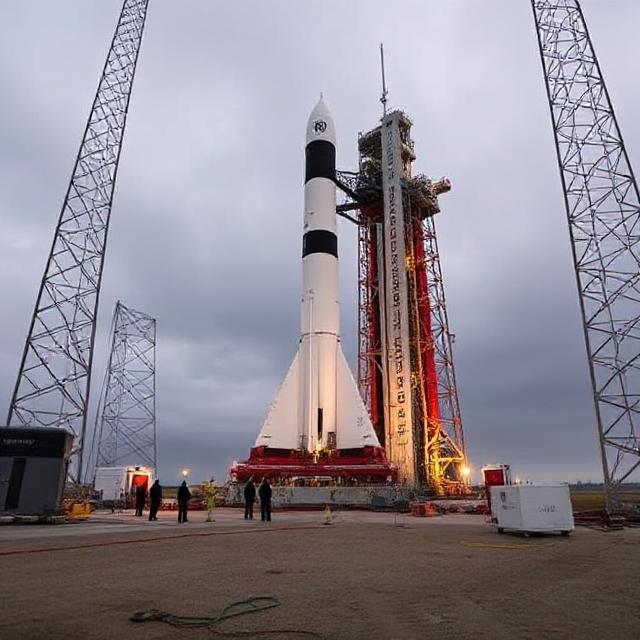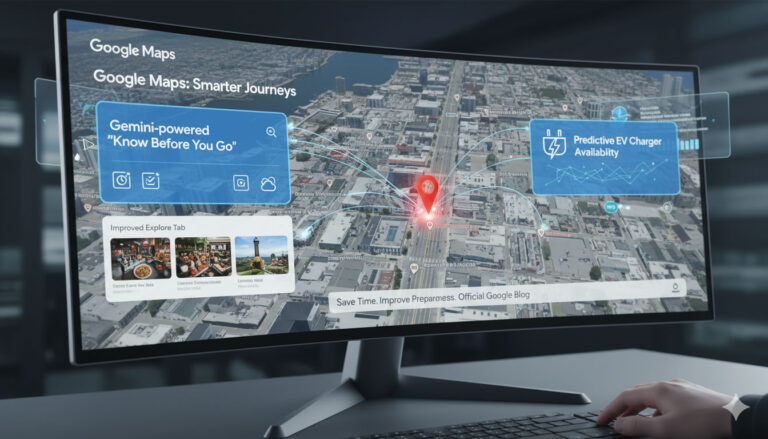Rocket Lab Neutron Getting to the Pad Critical

Rocket Lab’s First Hurdle: Reaching the Launch Pad Before Rocket Lab can celebrate Neutron’s first flight, they must move the fully assembled rocket from the...
⏱️ Estimated reading time: 3 min
Latest News
Rocket Lab’s First Hurdle: Reaching the Launch Pad
Before Rocket Lab can celebrate Neutron’s first flight, they must move the fully assembled rocket from the factory to the launch pad. This crucial step tests not just logistics but also the rocket’s fragility and readiness under real-world conditions interestingengineering.com
What Could Go Wrong During Transport
infrastructure challenges arise: bridges, tunnels, and roads must support the rocket’s immense size and weight.
transport damage risk is critical: the rocket must endure vibrations, jolts, and road movement without harm.
route coordination is essential: oversized loads require planning road permits, police escorts, and clear routes.
weather concerns are significant: rain, wind, or heat could affect the rocket’s sensitive composite materials.
The Significance of Pad Integration
reaching the launch pad signifies that the rocket has successfully completed numerous assembly and testing phases. Furthermore, it means engineers have verified structural integrity, electronic systems, and propulsion capabilities. Moreover, getting to the pad allows for crucial integrated systems checks before the actual launch attempt. Ultimately, this ensures all components work together correctly under real-world conditions.
Potential Challenges
Transporting a rocket is no easy feat. Rocket Lab engineers must carefully consider several factors:
- Weather Conditions: High winds, rain, or extreme temperatures can jeopardize the rocket’s delicate components.
- Road Conditions: Bumpy roads or uneven surfaces can induce vibrations and stresses that could damage the rocket’s structure.
- Security: Protecting the valuable asset from theft or sabotage is paramount.
- Logistics: Coordinating the movement of large, sensitive equipment requires precise planning and execution.

Future steps for Rocket Lab
Once Neutron safely reaches the pad, Rocket Lab begins essential tests to verify flight readiness. First, they perform fueling operations. Next, they conduct engine firings. Then, they check communication systems.
Rigorous Fueling Operations
- Next, during the wet dress rehearsal WDR, they load liquid oxygen and methane into the rocket, simulating launch conditions. Specifically, this ensures all propellant systems seal and function correctly ultimately validating readiness for flight.
- Next, during full propellant countdown, the team fills the tanks to flight-level pressure, thereby validating ground support equipment, rail systems, and valve performance.
Engine Firings: Static Fire Tests
- Static fire: With the rocket secured, the Archimedes engines ignite briefly while still attached to the pad.
- Data checks: Engineers monitor thrust, chamber pressure, and temperature. They use this data to confirm the performance of both first-stage nine engines and second-stage engines .
These tests replicate launch conditions and inform the final go/no‑go decision.
Communication & Avionics Validation
- Systems testing: Teams check telemetry, command functions, guidance, navigation, and control GNC systems.
- Simulated countdowns: They run full mock launch sequences using live hardware in the loop facilities, confirming the rocket’s ability to respond to timing, abort signals, and range safety commands .
Related Posts
Bluesky Enhances Moderation for Transparency, Better Tracking
Bluesky Updates Moderation Policies for Enhanced Transparency Bluesky, the decentralized social network aiming to compete...
December 11, 2025

Google Maps: Gemini Tips, EV Charger Predictions & More!
Google Maps Gets Smarter: Gemini Tips & EV Updates Google Maps is enhancing user experience...
December 9, 2025

US, UK, Australia Sanction Russian Web Host
Crackdown on Russian ‘Bulletproof’ Web Host The United States, United Kingdom, and Australia have jointly...
December 6, 2025











Leave a Reply